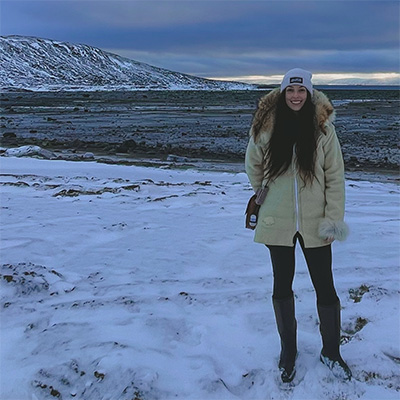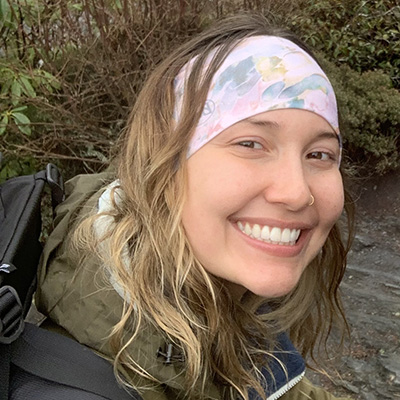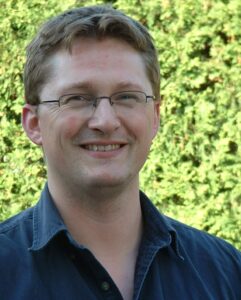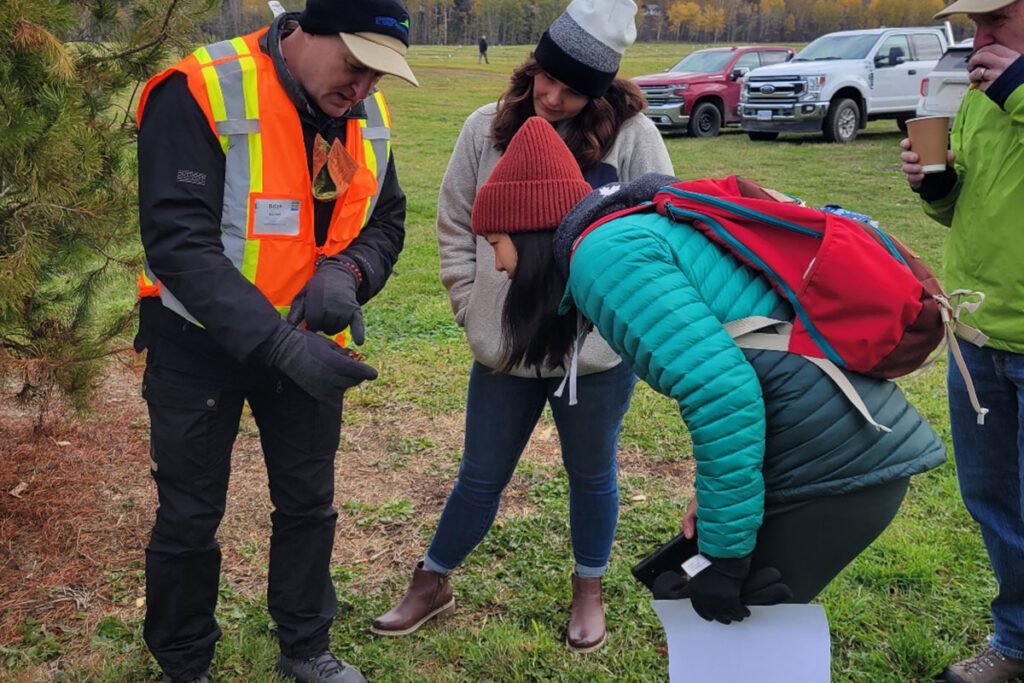Project Overview
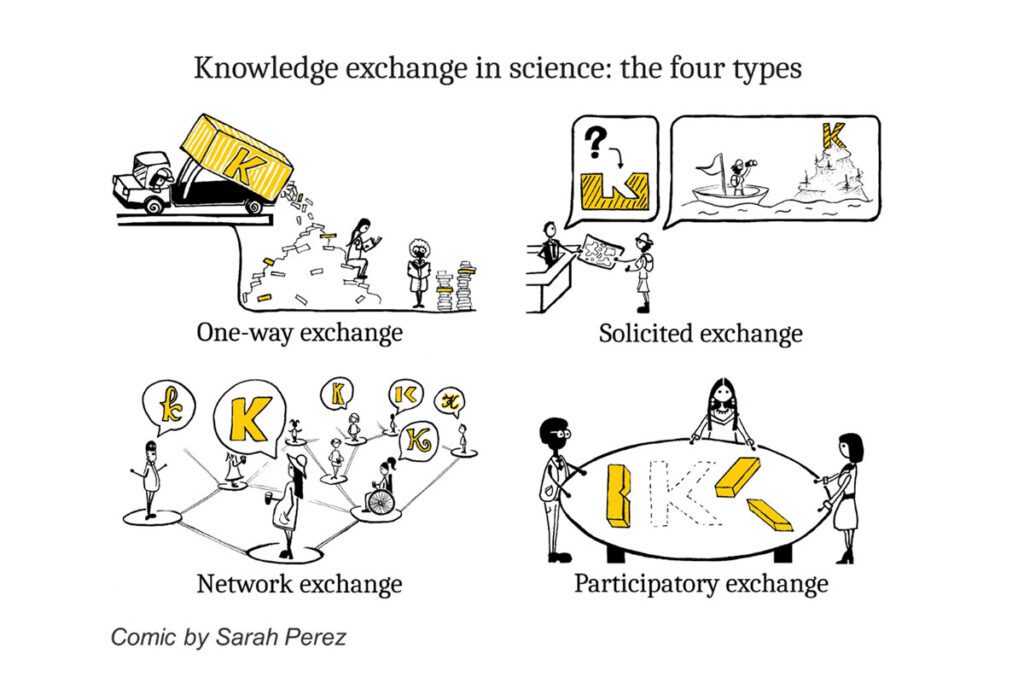
In this project, we study a ‘knowledge brokering’ model involving a network of knowledge exchange (KE) practitioners embedded in the Canadian Forest Service (CFS) research centres across Canada. The CFS is a long-standing governmental organization with great scientific reputation and influence in forestry. KE practitioners at the CFS are considered to broker and facilitate the translation and exchange of knowledge between distinct cultures (e.g., policy vs science). Examples of benefits from such model include more diverse and stronger social networks, increased trust, and aligning policy windows with knowledge production. By studying this model, we can better understand how knowledge is being facilitated into policies and practices, and draw lessons learned on effective KE.
Project Objectives
Our project responds to NRCan’s need in evaluating the effectiveness of their KE practices and investments. Together with the partner organization, we aim to:
1. Characterize the knowledge exchange activities within the organization;
2. Identify and understand the gaps between KE theory and practice;
3. Identify lessons learned, challenges, and strengths for the development of department-level best practices; and
4. Explore metrics and indicators to evaluate KE performance
Some of the questions we ask include:
- What factors influence each KE specialist in their interpretations of KE and the rationale in their decisions on KE activities?
- How are KE ‘successes’ and ‘failures’ conceptualized and measured?
- What forms of KE are most effective and why?
- In what ways do institutional environments of each CFS research centre converge or diverge? Why is that? How does that influence KE practices?


